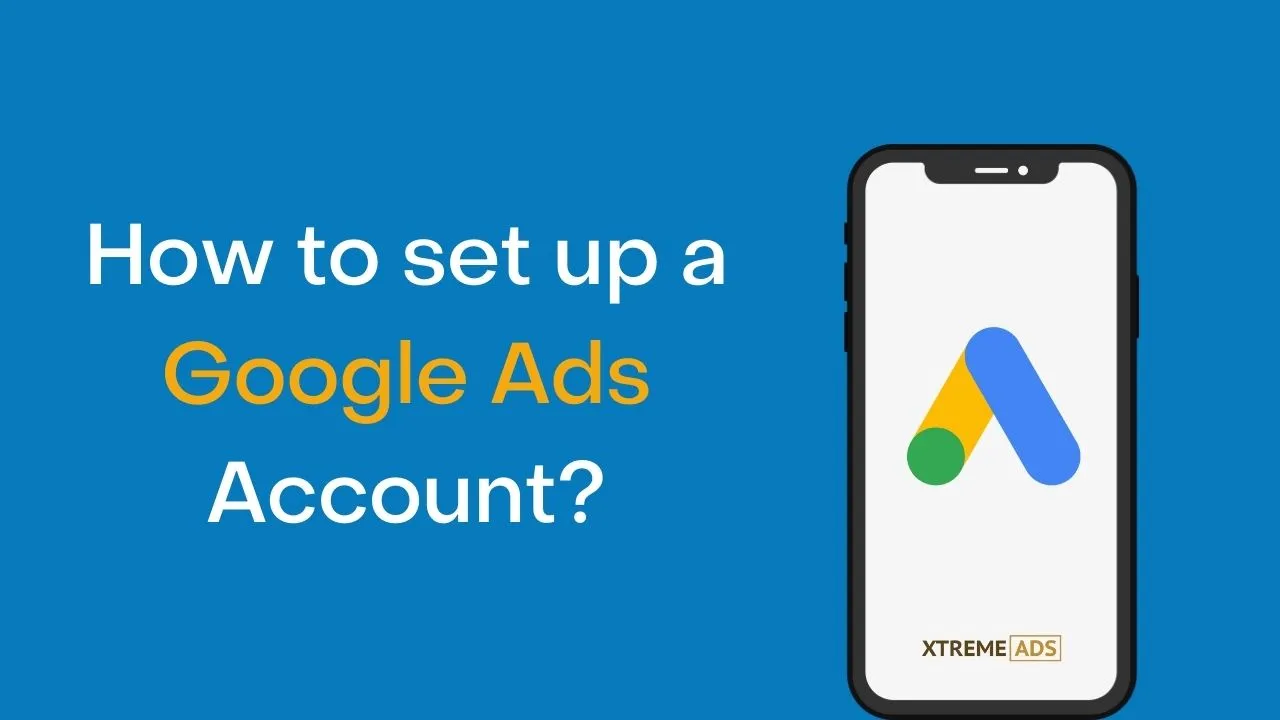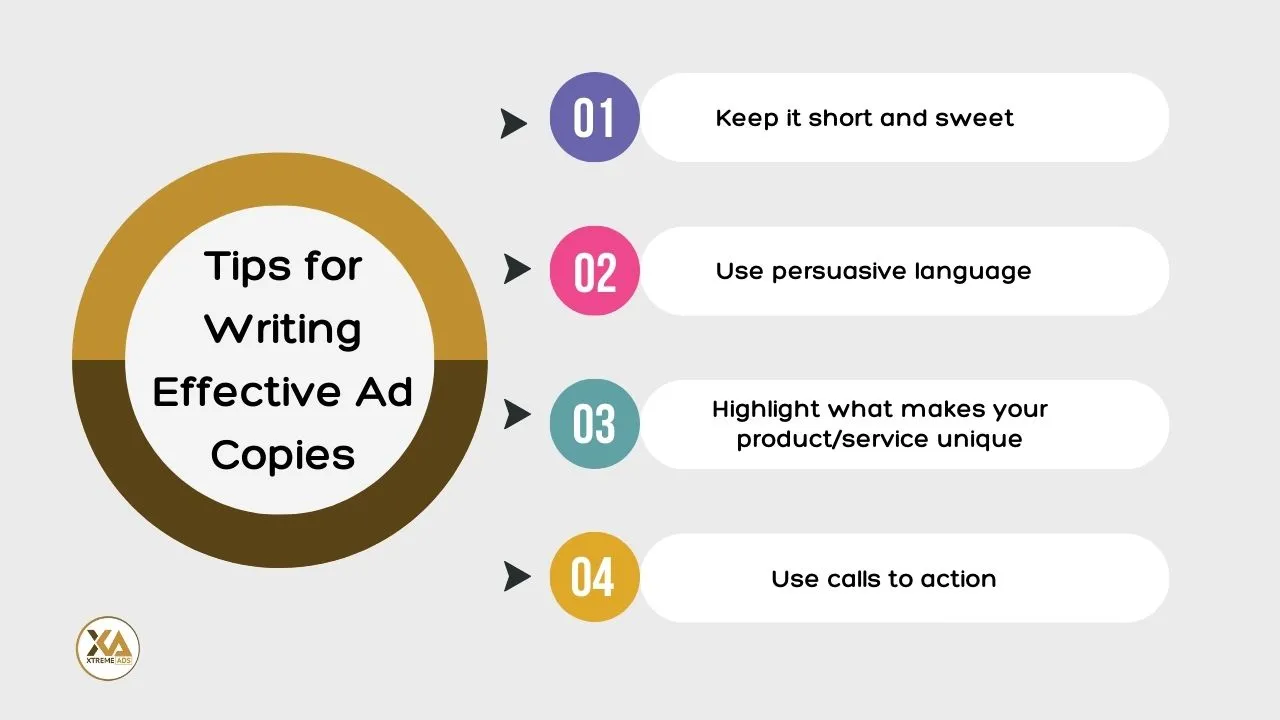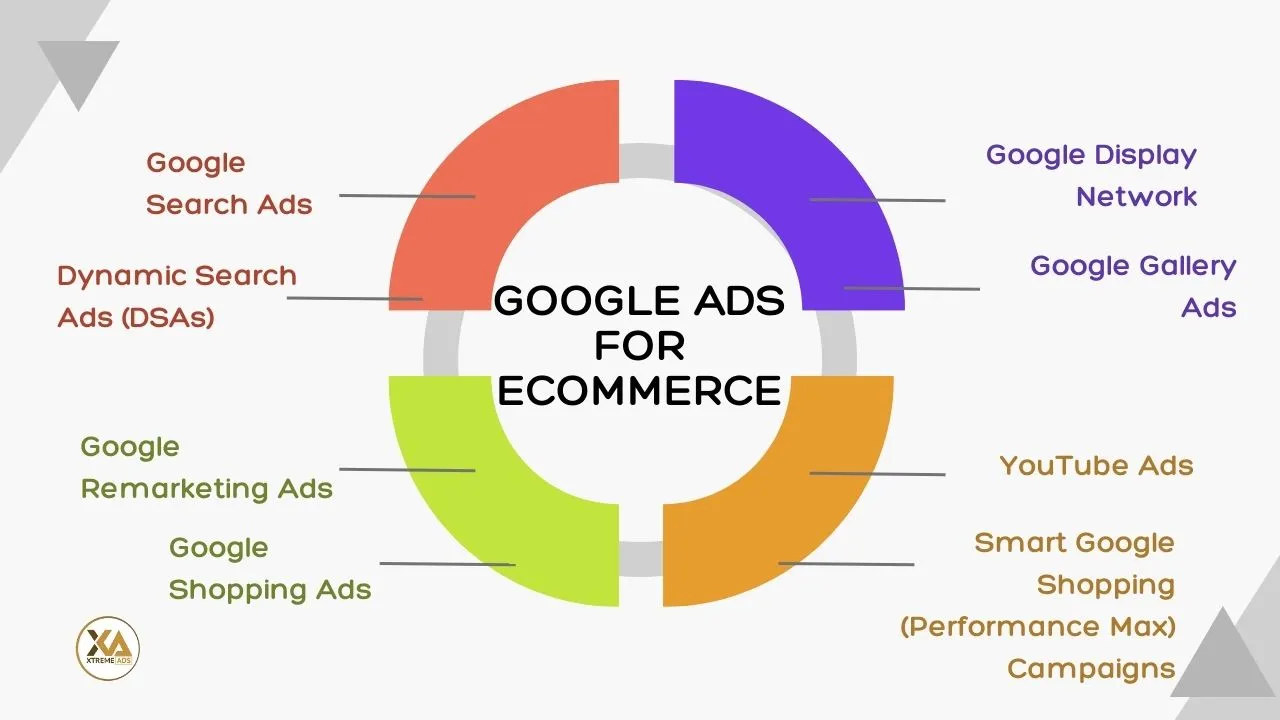Are you an eCommerce business owner looking to take your sales to the next level? With 2023 just around the corner, it’s time to start thinking about how you can maximize your online revenue. One of the most effective ways to achieve this is through Google Ads – a powerful advertising platform that can help drive targeted traffic and conversions for your store. In this blog post, we’ll show you exactly how to leverage Google Ads in 2023 and beyond, so you can boost your eCommerce sales and grow your bottom line like never before!
Introduction to Google Ads for eCommerce
As an eCommerce business, you know that advertising is essential to driving sales and growing your business. But with so many different advertising platforms out there, it can be difficult to know where to start. Google Ads is a great option for eCommerce businesses, and in this blog post, we’ll show you how to maximize your sales with Google Ads.
Google Ads is a pay-per-click advertising platform that allows you to place ads on Google.com and its partner sites. When someone clicks on your ad, they are taken to your website, and you are charged a fee for the click. Google Ads is a powerful tool because it allows you to target potential customers who are already interested in what you’re selling.
There are two main types of Google Ads campaigns for eCommerce businesses: product listing ads and search ads. Product listing ads are designed to showcase your products on Google Shopping, and they appear when people are searching for specific products or product categories on Google. Search ads appear on Google search results pages when people are searching for keywords related to your products or services.
Both types of campaigns can be highly effective in driving traffic and sales to your eCommerce store. In this blog post, we’ll give you some tips on how to set up and optimize both types of campaigns to maximize your sales.
Why Use Google Ads?
There are many benefits to using Google Ads for your eCommerce business. Google Ads can help you reach a wider audience, increase your visibility, and get more traffic to your website. Additionally, Google Ads can help you target specific demographics and interests, which can result in higher conversion rates. Using Google Ads can help you maximize your eCommerce sales and grow your business.
How to Set Up a Google Ads Account

Setting up a Google Ads account is simple and easy to follow. The first step is to create a Google Ads account and then sign in. After you have signed in, you will be directed to the campaign page where you can select your eCommerce campaign type. Then, you can choose your eCommerce product category, set your budget, and decide on your bidding strategy. After your campaign is created, you can start adding products and services to your ad groups. You can also add negative keywords to help control your costs and improve your results. You can monitor your campaign’s performance and adjust your settings as needed to ensure that you are maximizing your eCommerce sales with Google Ads.
Targeting Strategies for Successful eCommerce Campaigns
There are a number of targeting strategies you can use to make sure your eCommerce campaigns are successful. One of the most important things to do is to target your audience based on their location. This ensures that you are reaching people who are likely to be interested in your products or services.
Another important targeting strategy is to target based on keywords. This allows you to reach people who are searching for terms related to your business. You can also use re-marketing to reach people who have visited your website in the past but haven’t made a purchase.
It’s important to monitor your results and make adjust your targeting strategies as needed. By constantly testing and tweaking your campaigns, you can ensure that you are maximizing your eCommerce sales.
Tips for Writing Effective Ad Copies

Assuming you want tips for the subheading “1. Tips for Writing Effective Ad Copies”:
1. Keep it short and sweet- You want your ad copy to be clear and concise so that potential customers can easily understand what you’re offering. Get straight to the point and avoid using flowery or unnecessarily complex language.
2. Use persuasive language- Use language that will convince potential customers to take action, such as phrases like “Shop now for 50% off!” or “Don’t miss out on this limited time offer!”
3. Highlight what makes your product/service unique- What sets your product or service apart from others in your industry? Be sure to mention any unique selling points in your ad copy so that potential customers will know why they should choose you over the competition.
4. Use calls to action- A call to action (CTA) is a phrase or sentence that encourages readers to take a specific action, such as clicking through to your website or making a purchase. Make sure your CTA is clear and easy to spot so that readers will know exactly what they need to do next.
Cost Per Click (CPC) Optimization
CPC is the amount you pay for each click on your ad. The average CPC in Google Ads is between $1 and $2, but can vary greatly depending on your industry, location, and other factors.
To optimize your CPC, start by reviewing your current CPCs to see if there are any patterns or outliers. If you notice that you’re paying significantly more for certain keywords, consider pausing those keywords or changing your match type. You can also use keyword research tools like Google Keyword Planner to help you find new keywords that are relevant to your products or services and have a lower CPC.
In addition to reviewing and optimizing your keywords, make sure that your ad campaigns are structured correctly. Having well-organized campaigns with tightly themed ad groups will help you get the most out of your budget and avoid overspending on clicks that aren’t relevant to your business.
Remember that CPC is just one factor in determining the success of your Google Ads campaigns. Even if you have high CPCs, you can still be profitable if you have a high conversion rate or average order value. Focus on creating ads that are relevant to your target audience and offer a good user experience to improve your overall campaign performance.
Tracking and Measuring Performance
When it comes to maximizing your eCommerce sales with Google Ads, tracking and measuring performance is key. By tracking your performance, you can see which ads are performing well and which ones need improvement.
There are a few different metrics you can track when it comes to your Google Ads performance. These include click-through rate (CTR), conversion rate, and cost per conversion.
- Click-through rate is the percentage of people who click on your ad after seeing it. The higher your CTR, the more effective your ad is.
- Conversion rate is the percentage of people who take the desired action after clicking on your ad. If you want people to buy something from your eCommerce store, then you’ll want to track your conversion rate.
- Cost per conversion is how much it costs you to get one person to take the desired action. This metric helps you see how efficient your ads are in terms of cost.
By tracking these metrics, you can see which ads are performing well and which ones need improvement. If an ad has a low CTR or conversion rate, then you know that you need to make some changes to it. And if an ad has a high cost per conversion, then you know that you need to find ways to make it more efficient.
Tracking and measuring performance is essential for maximizing your eCommerce sales with Google Ads. By doing so, you can ensure that your ads are as effective as possible in driving sales.
Best Practices for Optimizing Your Ads in 2023

As we move into 2023, there are a few key things to keep in mind when optimizing your Google Ads. First and foremost, make sure you’re targeting the right audience. You can do this by using data from your customer relationships management (CRM) system to target ads specifically to people who have engaged with your brand in the past.
In addition, use dynamic ad creative that changes based on what users have looked at on your site. This will help ensure that your ads are relevant to their interests and more likely to result in a click. Take advantage of Google’s new responsive search ads, which allow you to create multiple versions of an ad and let Google decide which version performs best. By following these best practices, you can be sure that your Google Ads are optimized for maximum results in 2023!
Conclusion
Google Ads is a powerful tool for eCommerce stores of all sizes, and it’s only becoming more important as the years go on. With the right strategy and an understanding of what customers are looking for, you can use Google Ads to maximize your eCommerce sales in 2023. From targeting specific audiences to creating engaging ads that will stand out from competitors, there are plenty of ways to make sure that your store stands out from the crowd and grows its revenue this year. Utilize these tips today to get started with your own Google Ads strategy and see how much success you can generate!



